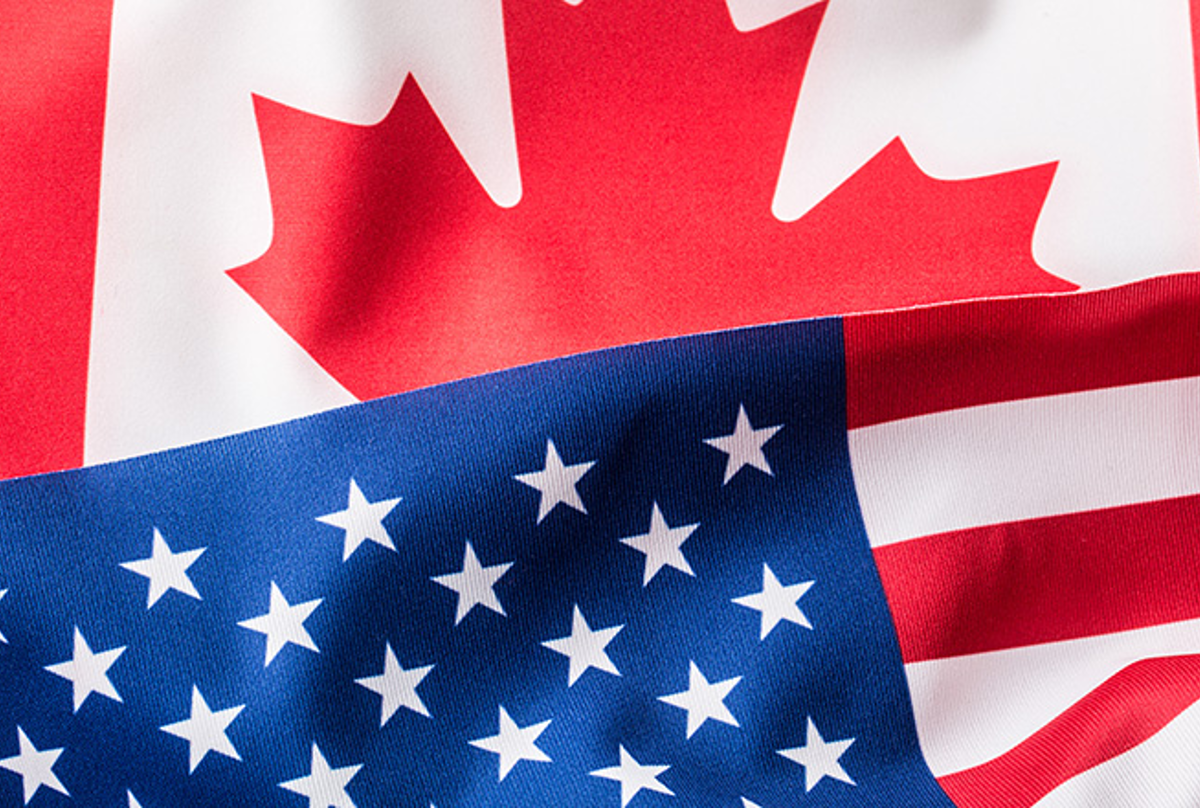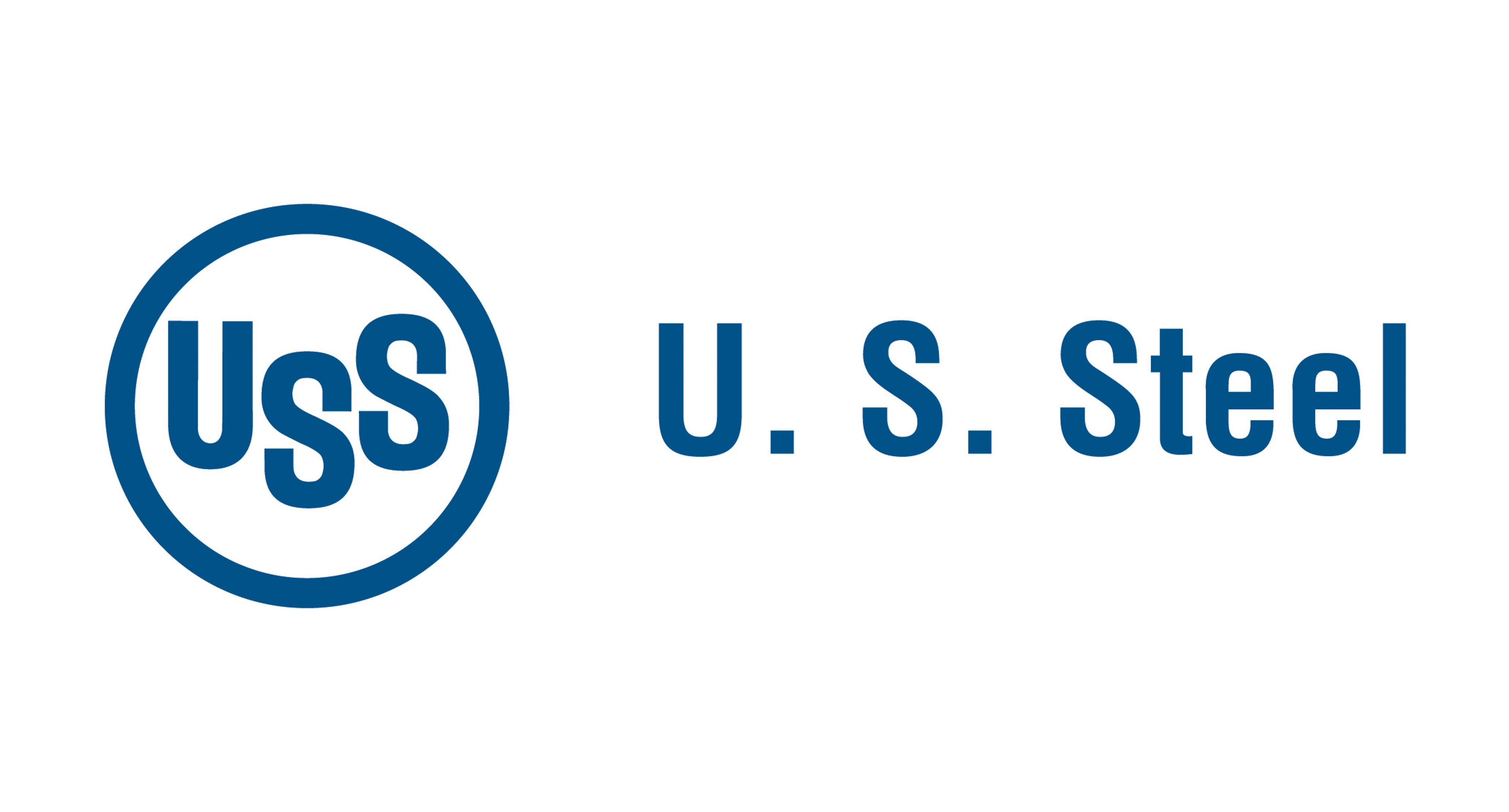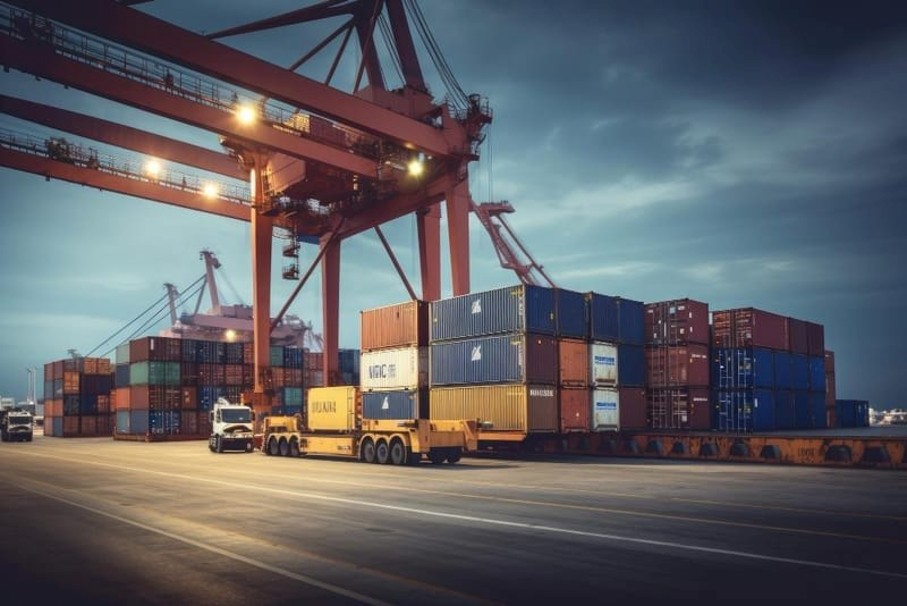Government/Policy

September 8, 2021
U.S. Steel Groups Hint TRQ Could Replace S232 on EU
Written by Michael Cowden
Lobbying groups for U.S. steel mills and the United Steelworkers (USW) union want trade restraints placed on the EU to prevent potential “import surges” from the region.
The call – from the American Iron and Steel Institute (AISI), the Steel Manufacturers Association (SMA) and the United Steelworkers union (USW) – comes even as the U.S. and the EU seek common ground not only on steel trade policy but also on broader issues such as decarbonization.
![]() The U.S. should work with the EU to address climate change, “including by developing effective carbon border adjustment measures,” the groups said. “But these forms of cooperation cannot substitute for maintaining effective trade measures against import surges, including from the EU,” they added in their letter to President Biden dated Friday, Sept. 3.
The U.S. should work with the EU to address climate change, “including by developing effective carbon border adjustment measures,” the groups said. “But these forms of cooperation cannot substitute for maintaining effective trade measures against import surges, including from the EU,” they added in their letter to President Biden dated Friday, Sept. 3.
The groups appeared to suggest that a tariff rate quota, or TRQ, could be used as a mechanism to control imports from the EU should Section 232 tariffs and quotas – implemented in 2018 by the Trump administration – be removed from the trade bloc.
“These measures must be implemented on a product- and country-specific basis and ensure that stringent, effective tariffs will be automatically imposed if steel imports from the EU surge above a non-injurious level,” the U.S. steel groups said.
While not explicitly requesting a TRQ for the EU, that language effectively describes how a TRQ operates.
TRQs set a quota limit for imported steel from various countries. No tariff is applied to steel that comes in under a specified quota limit. But any tonnage above the quota ceiling is subject to a tariff. The EU already uses TRQs in the safeguard measures it has implemented to protect its own domestic steel industry from imports.
The talk of potential alternatives to Section 232 comes ahead of a potential Nov. 1 deadline, floated by the EU, for the two sides to resolve their differences on the matter.
Chatter about a TRQ has also gained steam in the weeks since SMU’s Steel Summit in Atlanta.
Lourenco Goncalves – chairman, president and CEO of Cleveland-Cliffs Inc., the largest flat-rolled steelmaker in the U.S. – said at the event that Section 232 was a “stopgap” that had served its purpose. He at the time floated TRQs as a potential alternative to the absolute quotas and 25% tariffs imposed by Section 232.
Whether the mechanism is a TRQ or something else, the U.S. groups contend that some measure is necessary because the EU, per a McKinsey & Co. study, has excess capacity of approximately 28-33 million short tons (25-30 million metric tonnes). The domestic groups also accuse “certain” EU governments of rolling out “aggressive new subsidy programs” for their steel industries.
Another worry: Finished steel imported from the EU sometimes originates from semifinished steel that has been melted and poured outside of the region – notably in Russia, Ukraine or China. Think, for example, billet re-rolled into rebar or slab re-rolled into hot-rolled coil.
“Such products finished in the EU from non-EU steel should not receive the benefits of any U.S.-EU agreement on steel trade,” the U.S. groups said.
By Michael Cowden, Michael@SteelMarketUpdate.com







